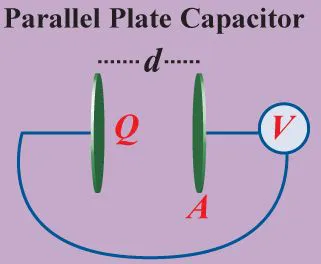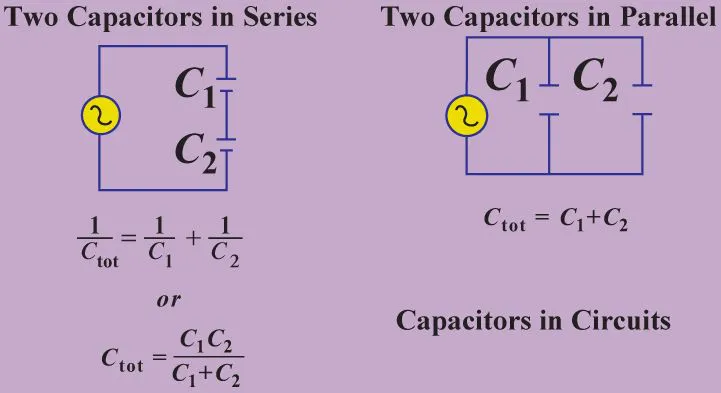
eBook - ePub
Physics
This is a test
Buch teilen
- 6 Seiten
- English
- ePUB (handyfreundlich)
- Über iOS und Android verfügbar
eBook - ePub
Physics
Angaben zum Buch
Buchvorschau
Inhaltsverzeichnis
Quellenangaben
Über dieses Buch
Reference and outline to concepts in physics.
Häufig gestellte Fragen
Wie kann ich mein Abo kündigen?
Gehe einfach zum Kontobereich in den Einstellungen und klicke auf „Abo kündigen“ – ganz einfach. Nachdem du gekündigt hast, bleibt deine Mitgliedschaft für den verbleibenden Abozeitraum, den du bereits bezahlt hast, aktiv. Mehr Informationen hier.
(Wie) Kann ich Bücher herunterladen?
Derzeit stehen all unsere auf Mobilgeräte reagierenden ePub-Bücher zum Download über die App zur Verfügung. Die meisten unserer PDFs stehen ebenfalls zum Download bereit; wir arbeiten daran, auch die übrigen PDFs zum Download anzubieten, bei denen dies aktuell noch nicht möglich ist. Weitere Informationen hier.
Welcher Unterschied besteht bei den Preisen zwischen den Aboplänen?
Mit beiden Aboplänen erhältst du vollen Zugang zur Bibliothek und allen Funktionen von Perlego. Die einzigen Unterschiede bestehen im Preis und dem Abozeitraum: Mit dem Jahresabo sparst du auf 12 Monate gerechnet im Vergleich zum Monatsabo rund 30 %.
Was ist Perlego?
Wir sind ein Online-Abodienst für Lehrbücher, bei dem du für weniger als den Preis eines einzelnen Buches pro Monat Zugang zu einer ganzen Online-Bibliothek erhältst. Mit über 1 Million Büchern zu über 1.000 verschiedenen Themen haben wir bestimmt alles, was du brauchst! Weitere Informationen hier.
Unterstützt Perlego Text-zu-Sprache?
Achte auf das Symbol zum Vorlesen in deinem nächsten Buch, um zu sehen, ob du es dir auch anhören kannst. Bei diesem Tool wird dir Text laut vorgelesen, wobei der Text beim Vorlesen auch grafisch hervorgehoben wird. Du kannst das Vorlesen jederzeit anhalten, beschleunigen und verlangsamen. Weitere Informationen hier.
Ist Physics als Online-PDF/ePub verfügbar?
Ja, du hast Zugang zu Physics von im PDF- und/oder ePub-Format sowie zu anderen beliebten Büchern aus Sciences physiques & Physique. Aus unserem Katalog stehen dir über 1 Million Bücher zur Verfügung.
Information
Thema
Sciences physiquesThema
Physique
ELECTRICITY & MAGNETISM

- Electric Fields & Electric Charge Examine the nature of the field generated by an electric charge and the forces between charges
- Coulomb, given the symbol C, is a measure of the amount of charge: 1 Coulomb = 1 amp • 1 sec e is the charge of a single electron: e = 1.6022 x 10-19 C
- Coulomb’s Law for electrostatic force, Fcoul =
1 4πεo
r̂q1q2 r2 - Electric Field, E, is the potential generated by a charge that produces Fcoul on charge qo:
E = Fcoul qo - Superposition Principle: The total F and E have contributions from each charge in the system: F = Σ Fi E = Σ Ei
- Sources of Electric Fields: Gauss's Law
- Electric flux, Φe gives rise to electric fields and Coulombic forces
- Gauss’s Law:Φe = ∫ E · dA =
The electric flux, Φe , depends on the total charge in the closed region of interestQ εo
- Electric Potential & Coulombic Energy
- Coulombic potential energy is derived from Coulombic force using the following equation: Ucoul = ∫ Fcoul dr
- Coulombic Potential Energy: Ucoul =
1 4πεo qq' r - Coulombic Potential/Voltage
- The Coulomb potential, V(q), generated by q is obtained by dividing the Ucoul by the test charge, q': U = V(q)q' V(q) =
=U q' 1 4πεo q r
- The Coulomb potential, V(q), generated by q is obtained by dividing the Ucoul by the test charge, q': U = V(q)q' V(q) =
- For an array of charges, qi, Vtotal = ΣVi
- Coulombic Potential Energy: Ucoul =
- Potential for a Continuous Charge Distribution: V =
∫1 4πεo dq r - The Dielectric Effect
- Electrostatic forces and energies are diminished by placing material with dielectric constant l between the charges
- Voltage and electrostatic force (V & F) depend on the dielectric constant, k
- For a material with dielectric constant k : V(k) =
V(vacuum) F(k) =1 k
F(vacuum)1 k
- Coulombic potential energy is derived from Coulombic force using the following equation: Ucoul = ∫ Fcoul dr
- Capacitance & Dielectrics
- A capacitor consists of two separated electrical conducting plates carrying equal and opposite charge. A capacitor stores charge/electrical potential energy
- Capacitance, C, is defined as the ratio of charge, Q, divided by the voltage, V, for a capacitor: C =
V is the measured voltage; Q is the chargeQ V - Energy stored in a charged capacitor: U =
= ½QV = ½CV2½Q2 C - Parallel plate capacitor, with a vacuum, with area A, and spacing d:
- Capacitance: C = εo
A d - Energy Stored: U = ½εoAdE2
- Electric Field: E =
=V d Q εoA
- Capacitance: C = εo
- Parallel plate capacitor, dielectric material with dielectric constant k, with area A, spacing d: C =

= kC0 C0 = vacuum capacitorkεoA d - Capacitors in Circuits: A group of capacitors in a circuit is found to behave like a single capacitor
- Capacitors in Series:
= Σ1 Ctot 1 Ci - Capacitors in Parallel: Ctot = ΣCi
- Energy stored in a charged capacitor: U =

- Current & Resistance: Ohm’s Law
- Current & Charge: The current, I, measures the charge passing through a conductor over a time; total charge, Q: Q = I · t
- Ohm’s Law: Current density, J, is in proportion to the field; σ is called the conductivity: J = σE
- Resistance
- The resistance, R, accounts for the fact that energy is lost by electron conduction; resista...